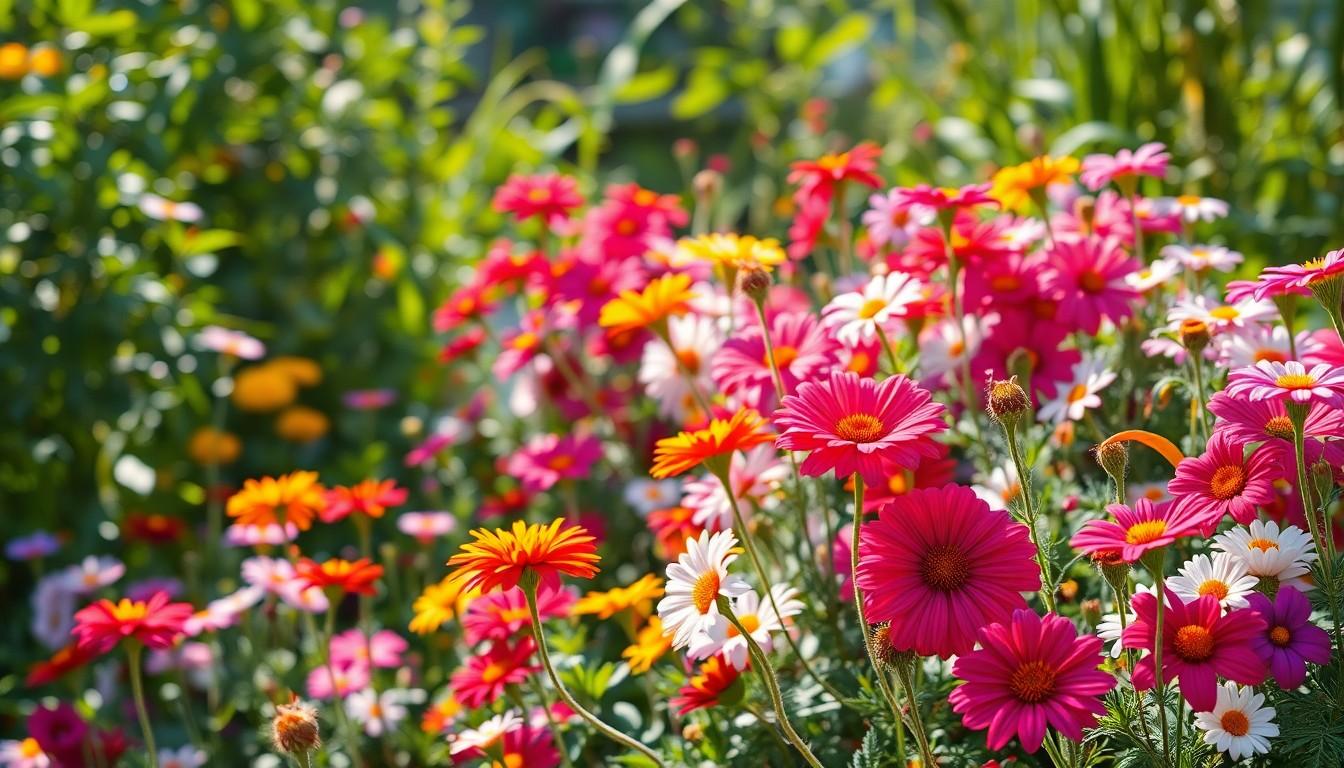When it comes to poetry and songwriting, finding the perfect rhyme can feel like searching for a needle in a haystack. But fear not! The quest for words that dance alongside “flowers” is about to get a whole lot easier—and a bit more fun. Whether you’re crafting heartfelt verses or just trying to impress your friends with your lyrical prowess, knowing what rhymes with flowers can add that extra sparkle to your creative endeavors.
Imagine the joy of effortlessly weaving together phrases that flow as beautifully as a blooming garden. From playful and whimsical to deep and meaningful, the right rhymes can elevate your writing to new heights. So grab your notepad and get ready to explore a world of rhymes that will have everyone stopping to smell the roses—because who wouldn’t want a little poetic flair in their life?
Overview of Rhyming in Poetry
Rhyming plays a crucial role in poetry, enhancing rhythm and musicality. It creates a connection between words, drawing attention to themes and emotions. Successful poets often use rhyme schemes to structure their verses, making the poem more memorable.
Various types of rhymes exist, like perfect rhymes, slant rhymes, and internal rhymes, each adding a unique flair. Perfect rhymes share identical sounds at the end, while slant rhymes offer a subtler resemblance. Internal rhymes occur within lines, enriching the texture of the poem.
Incorporating rhymes can elevate writing by weaving together images and ideas. Poets may choose to highlight specific words, increasing their impact through rhyme. Engaging with this technique allows for playful exploration of language, leading to creative breakthroughs.
Finding suitable rhymes, such as those for “flowers,” requires exploration and imagination. Writers can brainstorm words or use rhyming dictionaries to broaden their options. This practice encourages flexibility, inspiring inventive phrases and new perspectives.
Rhyming also invites collaboration, as poets can bounce ideas off one another. Feedback from peers can enhance creativity, revealing fresh angles in writing. Embracing the synergistic aspect of rhyming fosters community among writers.
Ultimately, the exploration of rhymes expands the poet’s toolkit, unlocking avenues for expression. An understanding of rhyming patterns promotes versatility, empowering writers to work across various styles. Exploring these elements cultivates a deeper appreciation for the art of poetry.
Exploring Rhymes with Flowers

Finding suitable rhymes enhances poetic expression. Various options exist to inspire creativity.
Common Rhymes
Common rhymes create a strong foundation for poetry. Words like “towers,” “powers,” and “showers” resonate well with “flowers.” These terms not only echo the final sounds but also carry thematic connections. The relationship between nature and human experiences becomes apparent in such rhymes. Combining these words within verses cultivates imagery and emotion while maintaining a lyrical flow.
Creative Alternatives
Creative alternatives introduce depth to poetic writing. Terms such as “hours,” “sours,” and “cowers” provide fresh options that diverge from conventional choices. These alternatives can inject humor or poignancy into a piece. Experimenting with slant rhymes, like “glowers” or “bowers,” opens new avenues for expression. Engaging with these variations enriches the overall texture of poetry, leading to unique interpretations and captivating readers.
The Importance of Rhymes
Rhymes play a critical role in elevating the quality of poetry and songwriting. They enhance the auditory experience, making verses memorable and engaging.
Enhancing Poems and Songs
Rhyming words such as “flowers” offer unique opportunities for imagery and emotion. They create rhythmic patterns that captivate audiences. Using rhymes like “towers” or “powers” builds a sense of connection between ideas. Such connections deepen the thematic impact of a poem or song.
Experimentation with various rhyme types introduces different emotional tones. Perfect rhymes bring harmony, while slant rhymes add subtlety and intrigue. Poets and songwriters often explore diverse rhyme schemes to keep their work fresh and innovative. Resultantly, rhymes not only embellish the text but also aid in conveying complex feelings. Ultimately, they enrich lyrical compositions, making them resonate with audiences on multiple levels.
Techniques for Finding Rhymes
Exploration of rhymes can start with brainstorming. Writing down words related to “flowers,” like “powers” or “showers,” sparks creativity. Using a rhyming dictionary offers quick access to potential options. These resources provide not only perfect rhymes but also slant and near rhymes that expand creative possibilities.
Listening to poetry and music enhances awareness of rhyme patterns. Recognizing how poets use sound can inspire new ideas for various verse structures. Alternatively, reading poetry aloud allows identification of rhythmic qualities and can help discover unexpected rhymes.
Engaging in wordplay can lead to interesting combinations. Combining phrases or altering word endings may reveal unique rhyming opportunities. For instance, experimenting with “hour” and “sour” creates engaging twists in lyrical context.
Working collaboratively also enhances the process. Joining poetry workshops or online forums fosters sharing of rhyming techniques and ideas. Constructive feedback from peers reveals new perspectives on word choices.
Practicing free writing encourages spontaneous expression and can lead to unexpected rhyme discovery. By disregarding perfection, writers may stumble upon serendipitous connections between words.
Lastly, employing digital tools like rhyme generators streamlines the search for suitable matches. Utilizing these resources enhances the lyrical process by quickly providing a variety of options.
Each technique provides a pathway to enrich poetic and lyrical compositions. Exploring these methods consistently encourages growth in rhyming proficiency and broadens creative horizons.
Conclusion
Exploring rhymes with “flowers” opens up a world of creativity and expression. The interplay of words can transform ordinary writing into something extraordinary. By embracing various rhyme types and experimenting with different combinations, writers can enhance their poetic voice and engage their audience more deeply.
Whether through perfect rhymes or playful slant rhymes, the right choices can evoke emotions and paint vivid imagery. This journey into the realm of rhyming not only enriches lyrical compositions but also fosters a collaborative spirit among writers. As they delve into this art form, the possibilities for connection and creativity are endless.

